Gas supply returning to normal
The energy crisis has been brought under control for now with gas coming in from Hungary and Germany.
Friday, 09.01.2009.
09:27

The energy crisis has been brought under control for now with gas coming in from Hungary and Germany. The first two million cubic meters of gas arrived from Hungary this morning. Gas supply returning to normal An agreement with the government in Budapest was reached yesterday, while Berlin has also promised another three million cubic meters daily to Serbia. This amount should be enough to normalize the situation in Serbia in order to provide heating for those living in areas where thermo power plants can only operate on gas. Srbijagas CEO Dusan Bajatovic told B92 that gas was continuing to come in from Hungary, meaning that it would also be possible to deliver gas to people who heat themselves independently. “The Hungarian gas has been delivered, the first two million arrived last night before midnight. We have sped up the entire process. We can now combine that with the domestic supply we had in order to heat and activate refineries in Novi Sad, thermo power plants in Pancevo, Kikinda, Senta, Subotica, Backa Palanka, Becej, Jagodina, Velika Plana, Loznica…” he said. “At this moment in time, the system is stable, gas started coming from Germany this morning, some 100,000 cubic meters per hour,” Bajatovic said. This was also confirmed by Energy Ministry State Secretary Dusan Mrakic. He said that there had been about 100 million cubic meters of gas at the Banatski Dvor storage facility at the start of the gas crisis, but that the station compressor could not put out more than 400,000-450,000 cubic meters of gas per day. “We plan to upgrade the capacity of the Banatski Dvor underground storage facility to about 300 million cubic meters of natural gas, and implementation of the relevant part of the energy agreement with the Russian Federation means capacity will increase to about 800 million, while the Russians believe that its capacities could be 1.2 billion cubic meters of gas,” Mrakic explained. He said that Serbian customers would be able to receive problem-free supply for 10 days provided the Banatski Dvor facility acquired the right compressors. Dusan Bajatovic (FoNet, archive) Situation in cities, towns returning to normal Heating has been restored in all towns and cities. All thermo power plants in Novi Sad are operational once again, while the situation is gradually improving in Kikinda, Zrenjanin, Vrsac and Pancevo. Novi Sad Thermo Plant spokeswoman Jelena Vujin said that the West Plant that supplies heating to the districts of Bistrica, Satelit, Avijaticarsko Naselje, Detelinara and Sajmiste was up and running once more. She said the North, South and East Plants were using crude and working at full capacity. The Grejanje dispatch and distribution agency confirmed that Zrenjanin was receiving gas once again. Almost all customers in Kikinda were receiving central heating once more, said Kikinda Plant director Karolj Damjanov. Vrsac Municipal President Cedomir Zivkovic said that the City Hospital, thermo plant and the Hemofarm company had begun receiving gas at 22:00 CET last night, and that the pressure of 18 bars was sufficient to deal with priority cases. City Hospital chief Slavko Timotijevic confirmed that radiators in the hospital were working again at a reasonable pressure and that all three boilers were operational again. Heating has been restored at the Gerontological Center, and thermo plant boss Slobodan Djukic said that radiators in 1,700 flats would be functional again and that he expected no more stoppages. The Pancevo thermo plant began receiving gas again at 21:00 CET last night, which meant that central heating had been restored in 11,000 homes, said JKP Grejanje Technical Director Zoran Bozanic. Bozanic stressed that there had been minor problems last night with the quality of gas coming from certain boilers, but that the temperature in all homes today would be at least 20°.
Gas supply returning to normal
An agreement with the government in Budapest was reached yesterday, while Berlin has also promised another three million cubic meters daily to Serbia.This amount should be enough to normalize the situation in Serbia in order to provide heating for those living in areas where thermo power plants can only operate on gas.
Srbijagas CEO Dušan Bajatović told B92 that gas was continuing to come in from Hungary, meaning that it would also be possible to deliver gas to people who heat themselves independently.
“The Hungarian gas has been delivered, the first two million arrived last night before midnight. We have sped up the entire process. We can now combine that with the domestic supply we had in order to heat and activate refineries in Novi Sad, thermo power plants in Pančevo, Kikinda, Senta, Subotica, Bačka Palanka, Bečej, Jagodina, Velika Plana, Loznica…” he said.
“At this moment in time, the system is stable, gas started coming from Germany this morning, some 100,000 cubic meters per hour,” Bajatović said.
This was also confirmed by Energy Ministry State Secretary Dušan Mrakić. He said that there had been about 100 million cubic meters of gas at the Banatski Dvor storage facility at the start of the gas crisis, but that the station compressor could not put out more than 400,000-450,000 cubic meters of gas per day.
“We plan to upgrade the capacity of the Banatski Dvor underground storage facility to about 300 million cubic meters of natural gas, and implementation of the relevant part of the energy agreement with the Russian Federation means capacity will increase to about 800 million, while the Russians believe that its capacities could be 1.2 billion cubic meters of gas,” Mrakić explained.
He said that Serbian customers would be able to receive problem-free supply for 10 days provided the Banatski Dvor facility acquired the right compressors.
Situation in cities, towns returning to normal
Heating has been restored in all towns and cities.All thermo power plants in Novi Sad are operational once again, while the situation is gradually improving in Kikinda, Zrenjanin, Vršac and Pančevo. Novi Sad Thermo Plant spokeswoman Jelena Vujin said that the West Plant that supplies heating to the districts of Bistrica, Satelit, Avijatičarsko Naselje, Detelinara and Sajmište was up and running once more.
She said the North, South and East Plants were using crude and working at full capacity.
The Grejanje dispatch and distribution agency confirmed that Zrenjanin was receiving gas once again.
Almost all customers in Kikinda were receiving central heating once more, said Kikinda Plant director Karolj Damjanov.
Vršac Municipal President Čedomir Živković said that the City Hospital, thermo plant and the Hemofarm company had begun receiving gas at 22:00 CET last night, and that the pressure of 18 bars was sufficient to deal with priority cases.
City Hospital chief Slavko Timotijević confirmed that radiators in the hospital were working again at a reasonable pressure and that all three boilers were operational again.
Heating has been restored at the Gerontological Center, and thermo plant boss Slobodan Đukić said that radiators in 1,700 flats would be functional again and that he expected no more stoppages.
The Pančevo thermo plant began receiving gas again at 21:00 CET last night, which meant that central heating had been restored in 11,000 homes, said JKP Grejanje Technical Director Zoran Božanić.
Božanić stressed that there had been minor problems last night with the quality of gas coming from certain boilers, but that the temperature in all homes today would be at least 20°.


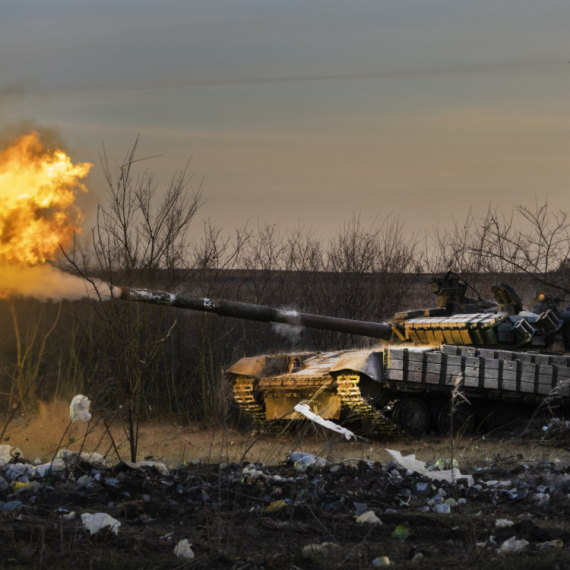

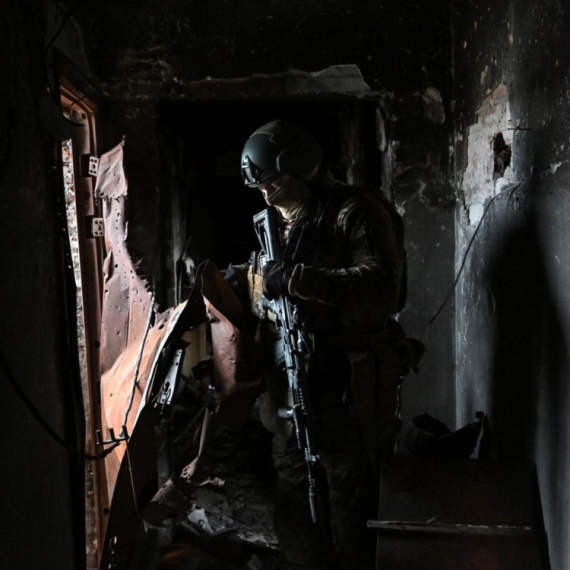
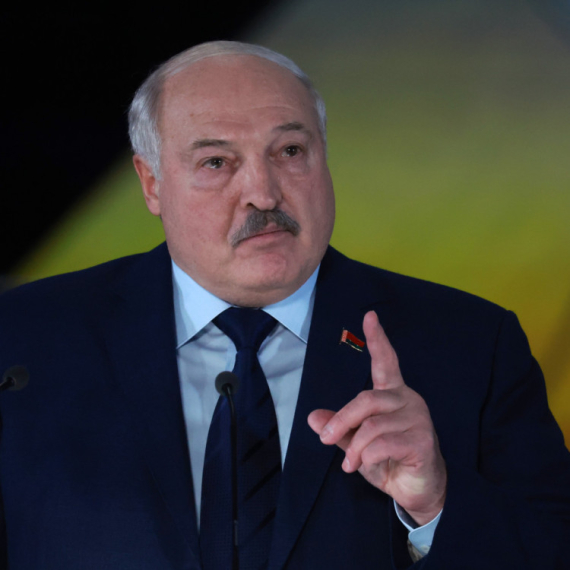




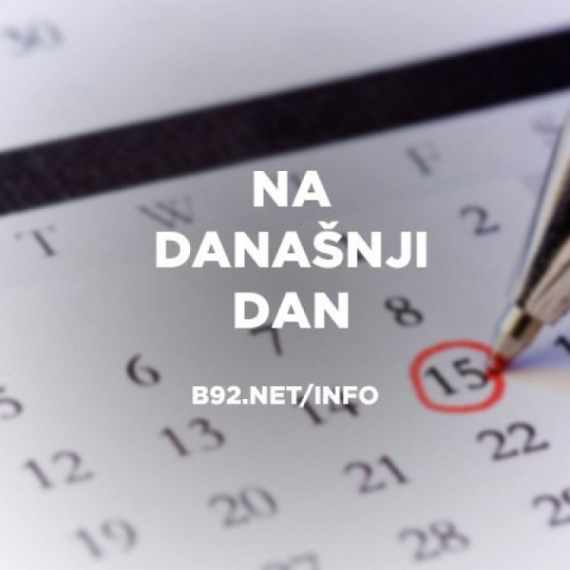
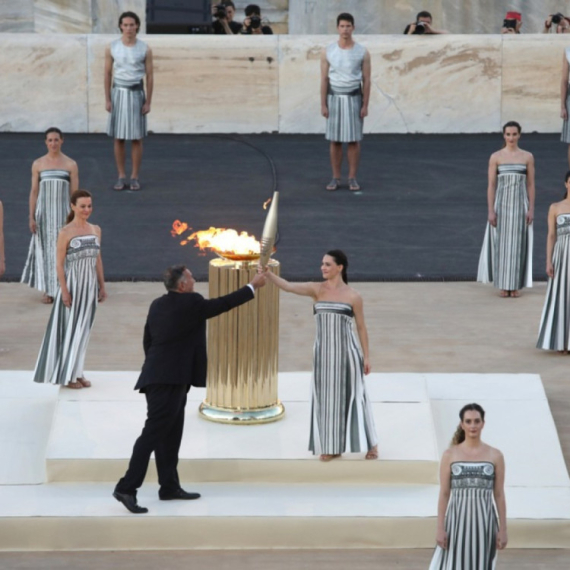
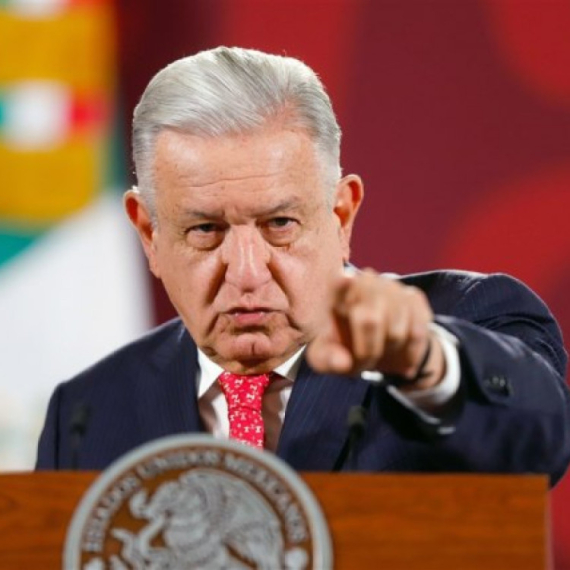

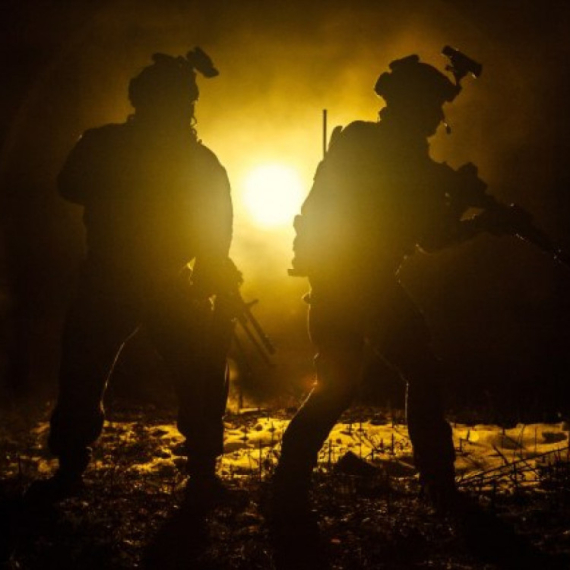

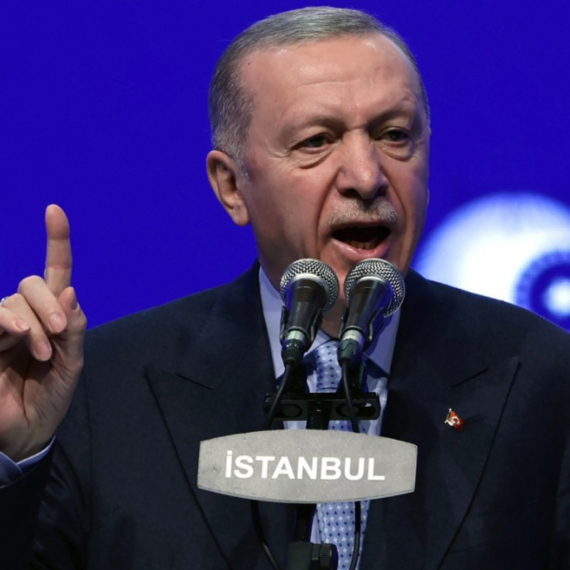




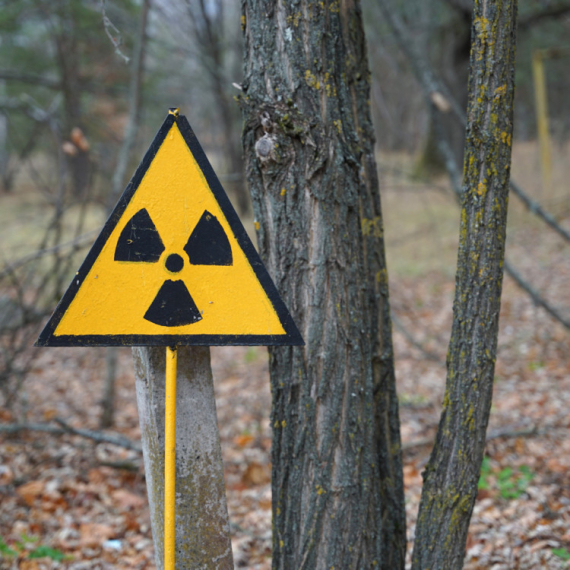






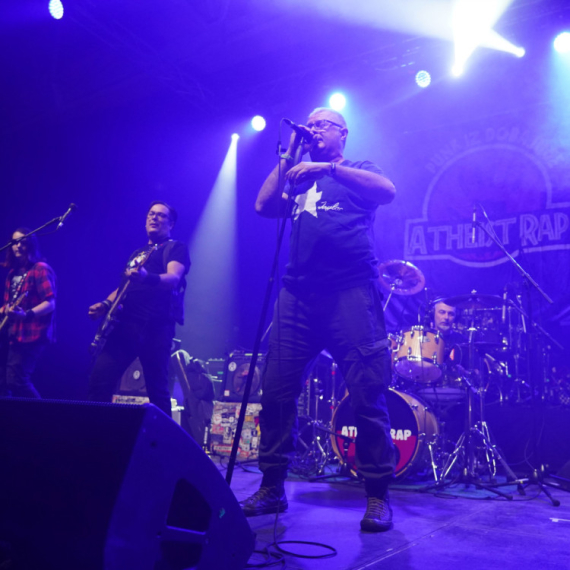
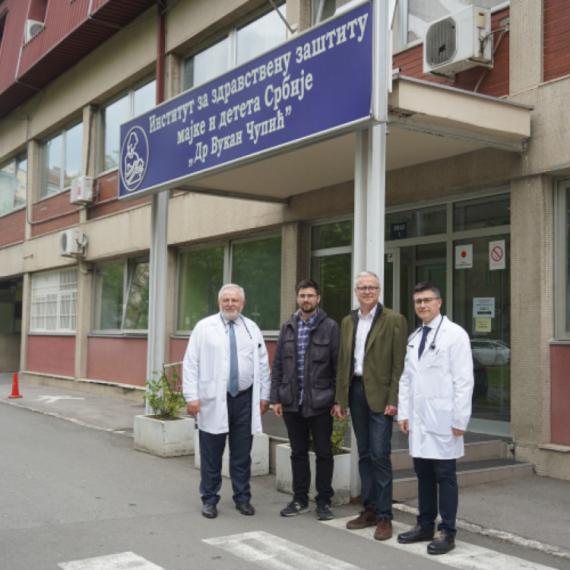


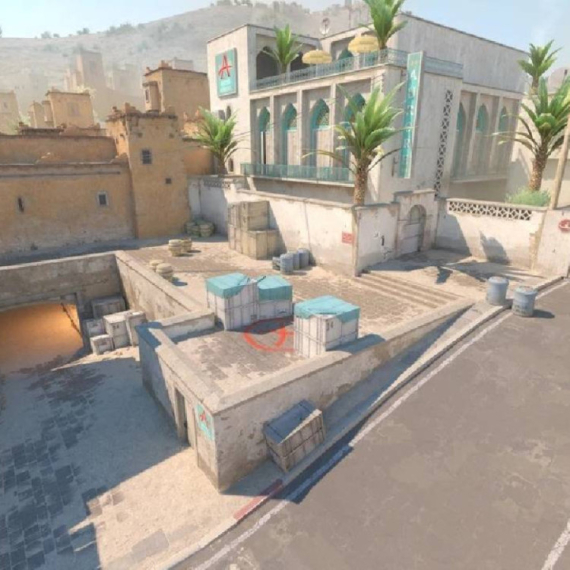





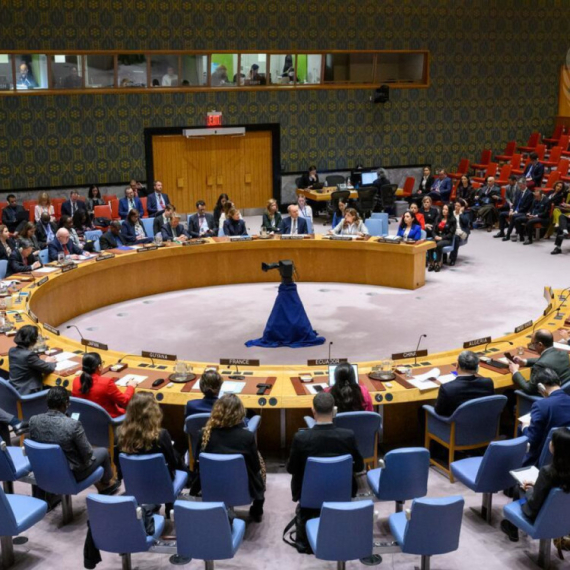
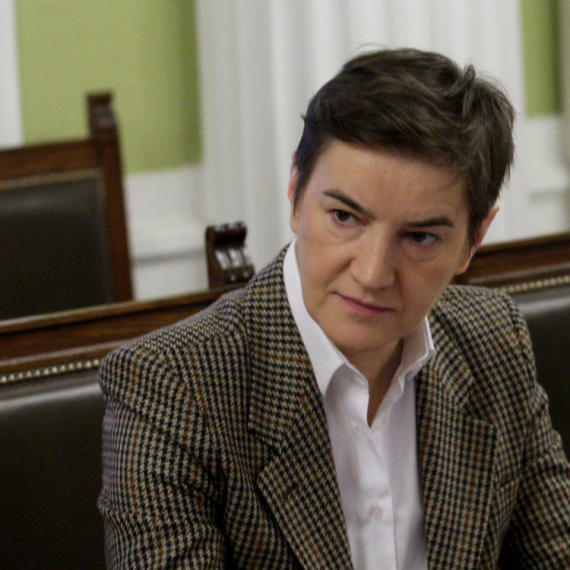
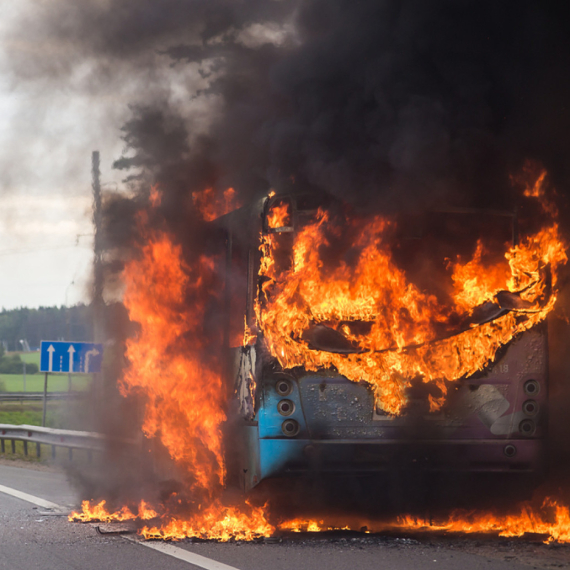













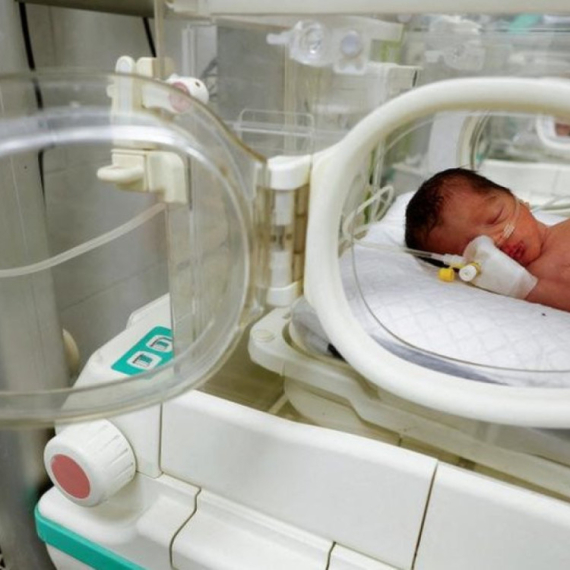



Komentari 3
Pogledaj komentare